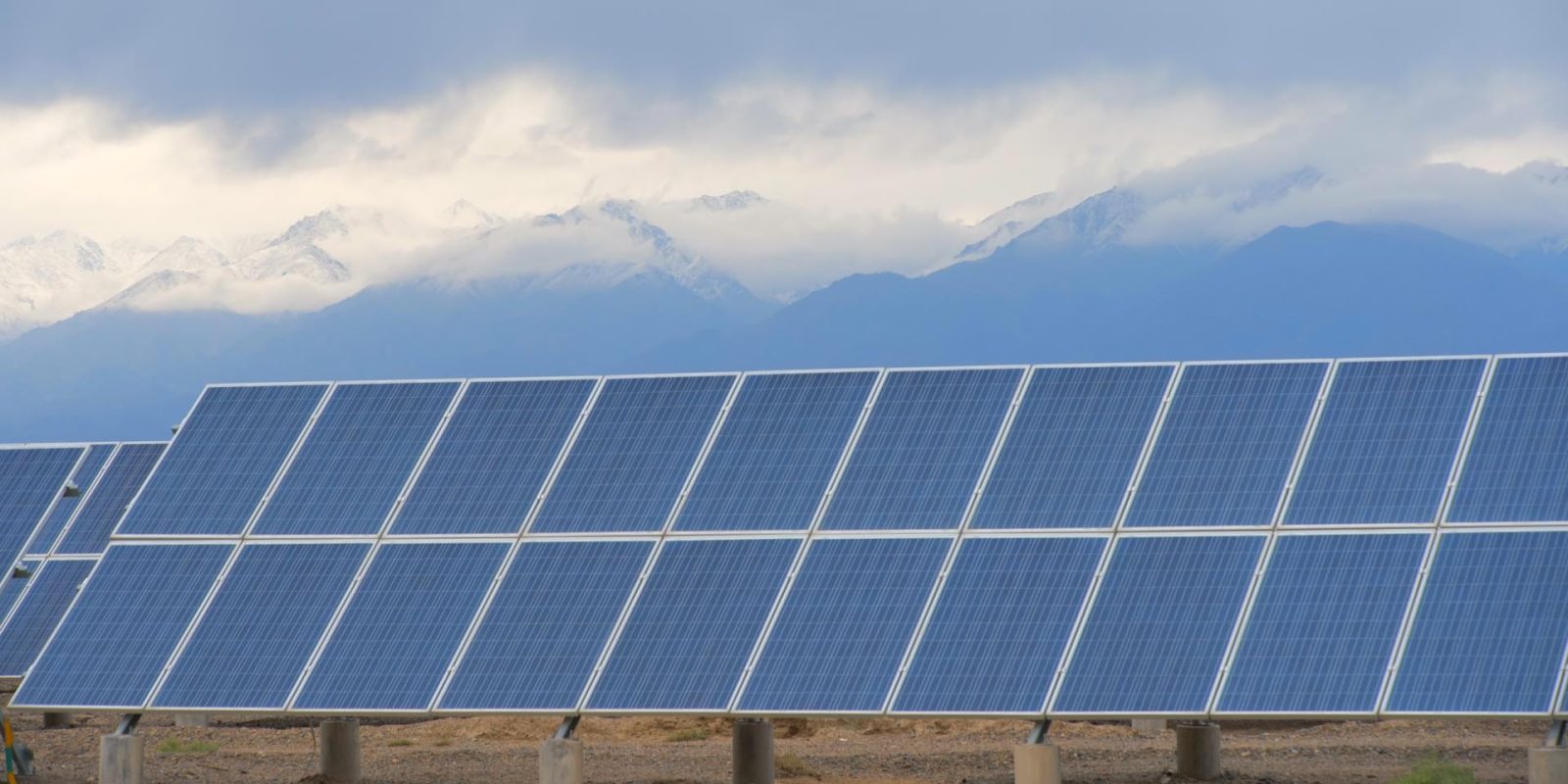
Global solar installations are set to beat most industry forecasts, with 593 gigawatts (GW) expected to be added by the end of 2024, according to a new report by energy think tank Ember.
Global solar growth is beating industry projections
This is a 29% increase compared to the previous year, maintaining strong growth following an estimated 87% surge in 2023.
“Yet again, solar power is growing faster than people expected, as it establishes itself as the cheapest source of electricity globally,” said Euan Graham, electricity data analyst at Ember. “Strong growth in established markets is combining with rapid acceleration elsewhere to make solar additions higher than ever before. Countries need to plan for a solar-powered future to make the most of the cheap power this technology can provide.”
Based on the data up to July 2024, Ember’s analysis is in line with forecasts made by Bloomberg New Energy Finance (BNEF).
But interestingly, it’s also almost 200 GW higher than the International Energy Agency’s (IEA) main case outlook released in January 2024. Solar’s better-than-expected growth has led to forecast revisions – for example, SolarPower Europe increased its 2024 global forecast from 401 GW in June 2023 to 544 GW in June 2024.
Ember’s analysis also finds that solar capacity additions in 2024 will likely surpass the entire global increase – 540 GW – in coal power capacity since 2010. This accelerating pace brings ambitious climate targets closer, but continued rapid progress is still needed to meet the Paris Agreement’s 1.5C goal.
Who’s leading the solar growth
China, the US, India, Germany, and Brazil will account for 75% of global solar additions in 2024, according to Ember’s estimates.
China continues to dominate in global solar capacity installations. In the first seven months of the year, it was up by 28% year-over-year. At this pace, China is expected to install 334 GW of solar capacity, making up 56% of global capacity additions for 2024.
Additions in India in the first seven months of 2024 were 77% higher year-over-year. By May 2024, India had already surpassed its total solar installations for all of 2023. At its current pace, India is on track to install 23 GW by the end of this year.
In the US, solar additions totaled 20 GW from January to June 2024, a 55% increase year-over-year. Meanwhile, Germany has already exceeded its solar capacity target for all of 2024, and is on track to meet its new target for 2026, which is set out in its National Energy and Climate Plan.
Ember’s data on Chinese solar export reveals significant growth is also emerging in new markets such as Pakistan and Saudi Arabia, as well as the Philippines, the UAE, Thailand, and Oman.
As solar becomes more affordable and accessible, ensuring sufficient grid capacity and developing battery storage is crucial for handling power distribution and supporting solar outside of peak sunlight hours. By addressing these challenges and sustaining growth, solar power could continue to exceed expectations for the remainder of the decade.
Read more: A 350-mile electricity transmission line in Nevada is now approved
If you live in an area that has frequent natural disaster events, and are interested in making your home more resilient to power outages, consider going solar and adding a battery storage system. To make sure you find a trusted, reliable solar installer near you that offers competitive pricing, check out EnergySage, a free service that makes it easy for you to go solar. They have hundreds of pre-vetted solar installers competing for your business, ensuring you get high quality solutions and save 20-30% compared to going it alone. Plus, it’s free to use and you won’t get sales calls until you select an installer and share your phone number with them.
Your personalized solar quotes are easy to compare online and you’ll get access to unbiased Energy Advisers to help you every step of the way. Get started here. –trusted affiliate link*
FTC: We use income earning auto affiliate links. More.






Comments